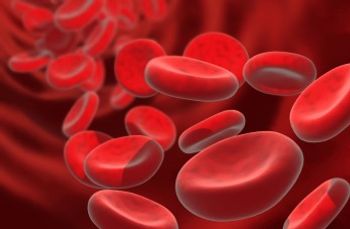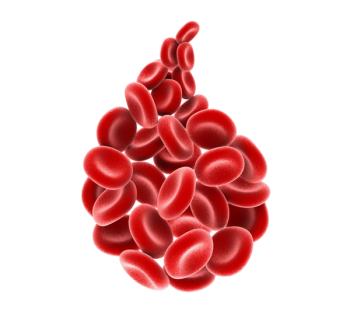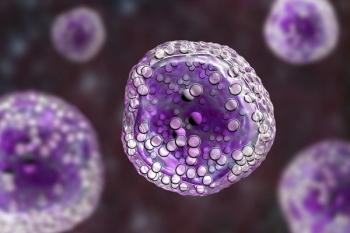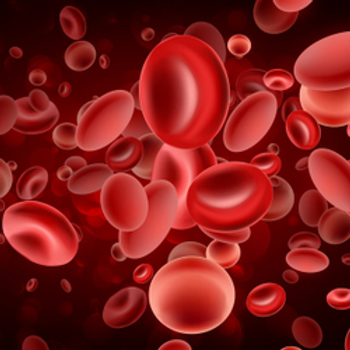
Oncology NEWS International
- Oncology NEWS International Vol 10 No 11
- Volume 10
- Issue 11
Templates Used to Document Chemotherapy
SAN DIEGO-The use of electronic chemotherapy documentation templates, developed by the nursing staff of Marshfield Clinic Cancer Care, Marshfield, Wisconsin, has led to improved efficiency and readability, and allows all health care providers immediate access to clinically relevant information.
SAN DIEGOThe use of electronic chemotherapy documentation templates, developed by the nursing staff of Marshfield Clinic Cancer Care, Marshfield, Wisconsin, has led to improved efficiency and readability, and allows all health care providers immediate access to clinically relevant information.
Sherry Wiedow, RN, OCN, an oncology nurse clinician at Marshfield Clinic Cancer Care, described the templates at the 26th Annual Conference of the Oncology Nursing Society (ONS abstract 66). Darlene Pawlik Plank, RN, MSN, AOCN, coauthored the abstract.
The electronic documentation system was developed by the Clinic’s Information Systems Department, she said, while the templates were developed by the oncology nurse clinicians.
The templates follow set criteria for content and format, and are created for both common and complex chemotherapy regimens. They include title of the regimen, intravenous access, antiemetics/premedications, chemotherapy, fluids, assessment of IV site at the completion of therapy, and patient education. There are blank fields for medication dose and duration of therapy. Medications are documented using generic names.
Ms. Wiedow said that nurse clinicians electronically select one of 60 templates now available and fill in the drug doses and therapy duration. If the patient care does not follow the template, the nurse clinician may revise the template online to reflect the care given. Once completed, the electronic note is uploaded, electronically signed, and immediately made available to all clinicians.
"Previously, we were writing notes, on a paper chart that had to be called up; you physically had to get your hands on it," she said. "When we went to an electronic system, all notes were available immediately for uploading. We could get the most recent information on a patient and how he or she had been treated."
An issue that came up in the process of creating the templates was the need to standardize the entire practice. "There are 11 nurses working in the Oncology Department. We thought we were all doing things the same way but found out we each were doing things a little differently," Ms. Wiedow said. "To truly document the care we provide, we needed to take a look at our practice and standardize what we were doing based on the literature and recommendations."
The template content, therefore, also reflects ONS and institution guidelines. In turn, the Oncology Department reviewed, revised, and formalized its chemotherapy admixing and infusion guidelines.
One important element of the templates, Ms. Wiedow said, is that they can be customized and do allow for free text if the nurse clinician wants to make additional notes. "This is a constant work in progress," she said. "We’re writing new templates all the time as we incorporate new treatments."
Articles in this issue
about 24 years ago
Two Large AIDS Studies Will Increase Enrollments 60%about 24 years ago
Gene Therapy Plus Radiotherapy Delays Esophageal Cancer Growth in Miceabout 24 years ago
Platinum-Based Regimens Are Favored in Advanced NSCLCabout 24 years ago
Radiofrequency Ablation Proving Effective in Small Renal Cell Tumorsabout 24 years ago
Grade Dictates Treatment of Primary NHL of the Breastabout 24 years ago
Low Arsenic Levels in Drinking Water Increase Cancer Riskabout 24 years ago
Astatine-211-Labeled MoAB Promising in Brain Cancer Patientsabout 24 years ago
GEMOX Active With Low Toxicity in Pancreatic Cancerabout 24 years ago
Legislation Urged to Revitalize the National Cancer Planabout 24 years ago
Cisplatin/Gemcitabine/Herceptin Encouraging in NSCLCNewsletter
Stay up to date on recent advances in the multidisciplinary approach to cancer.


















































































